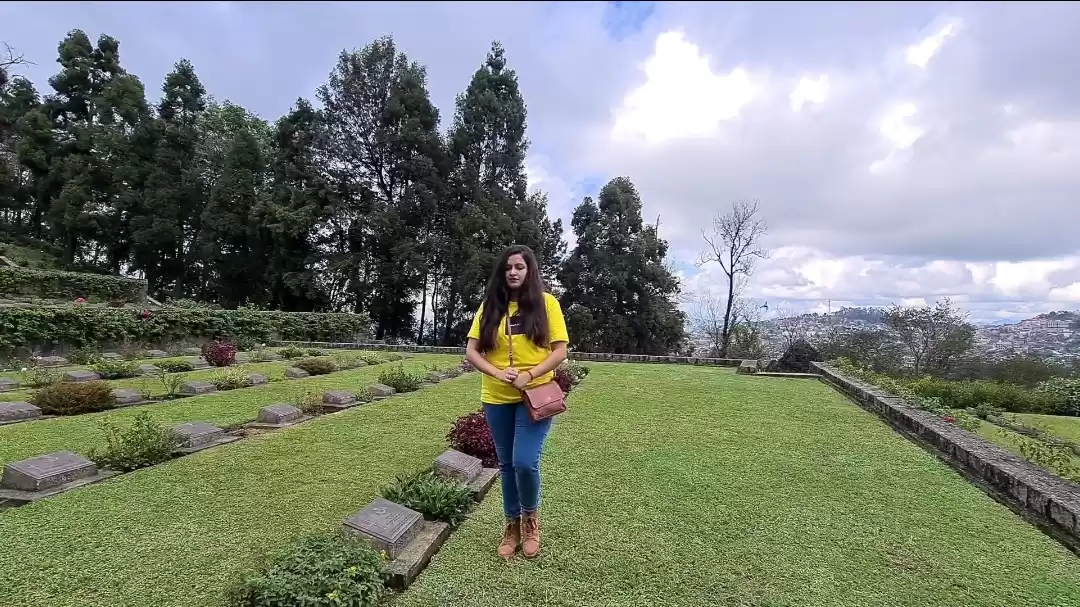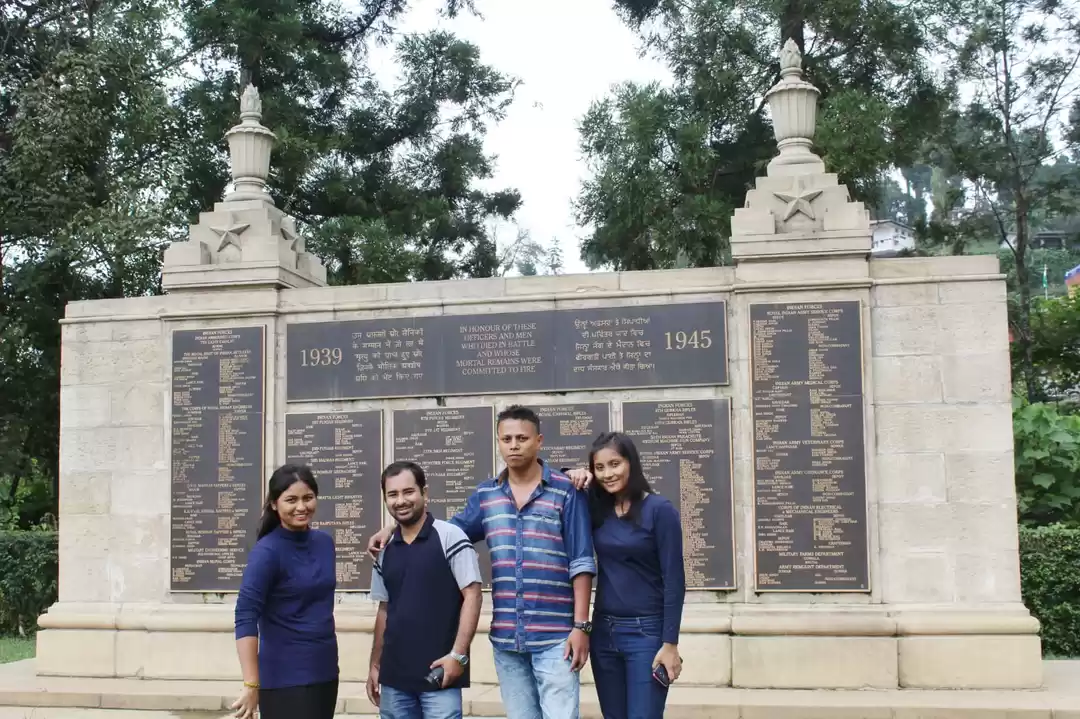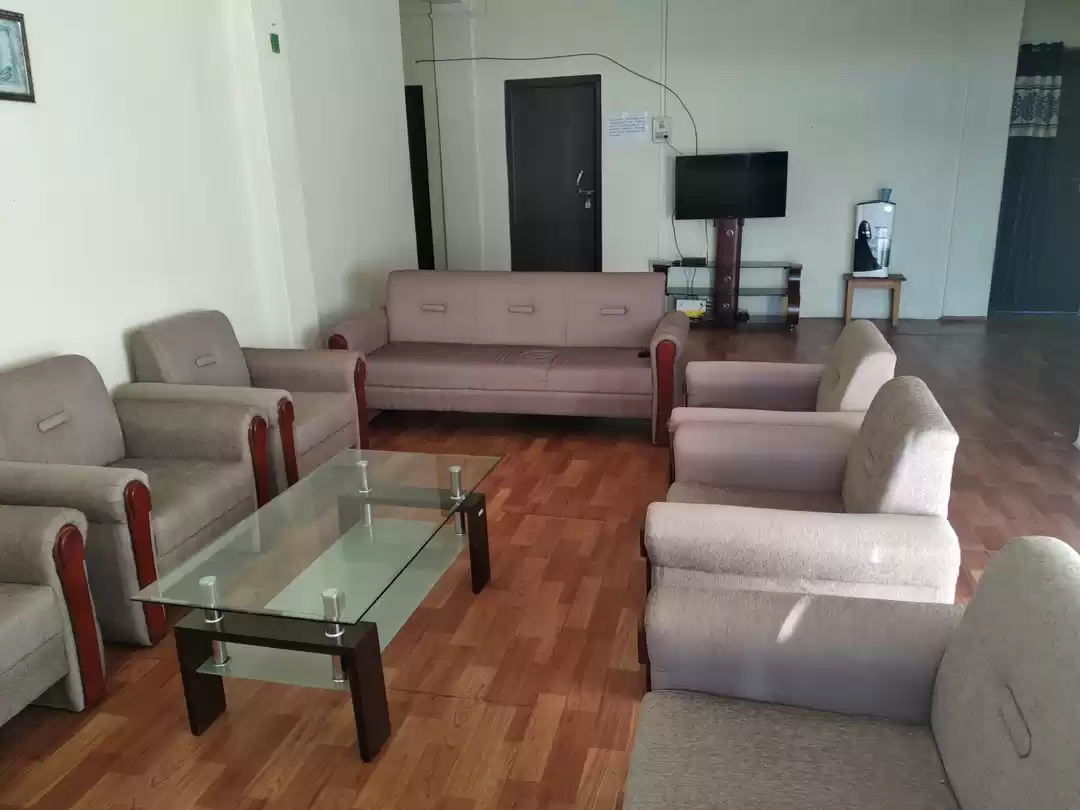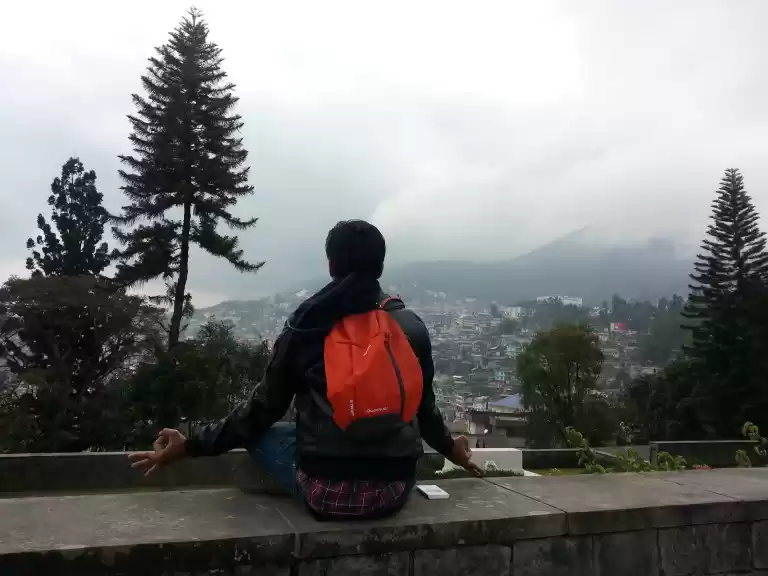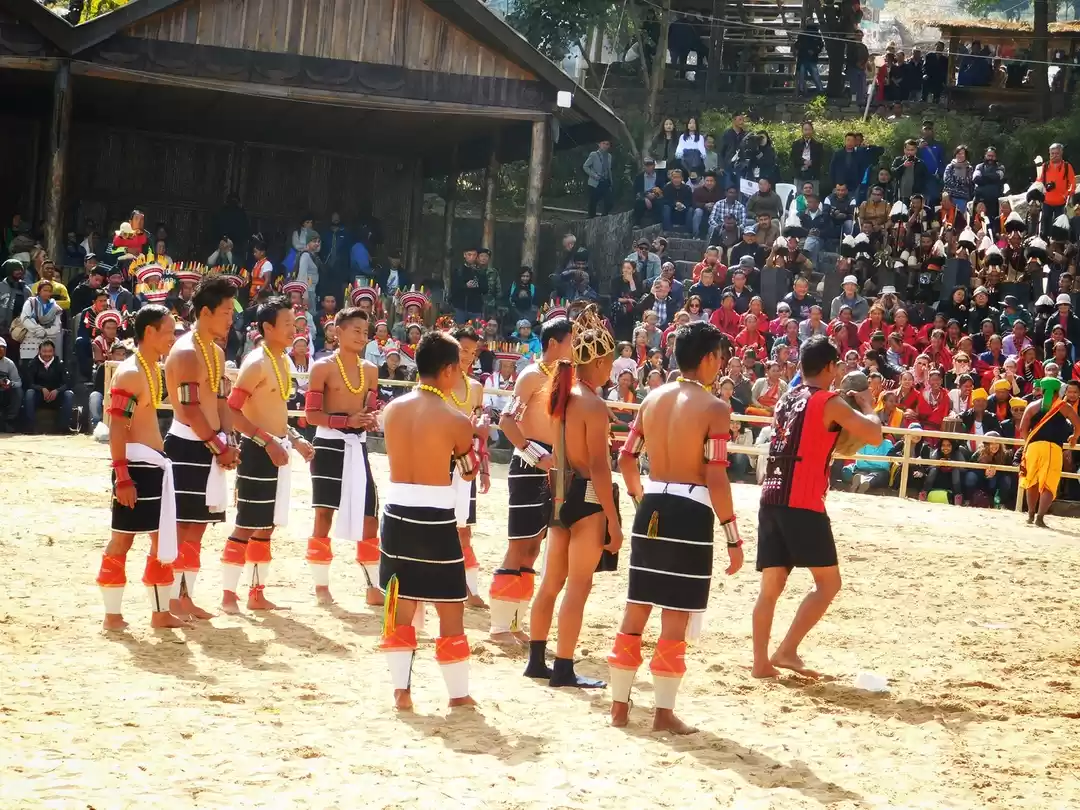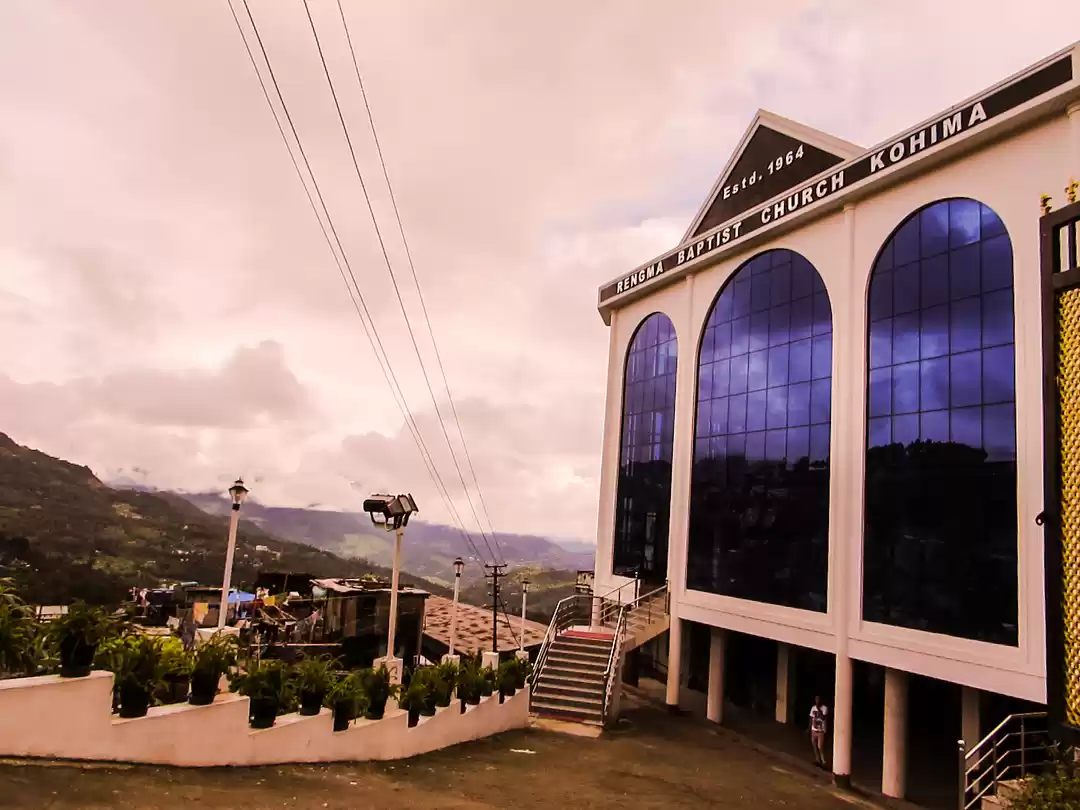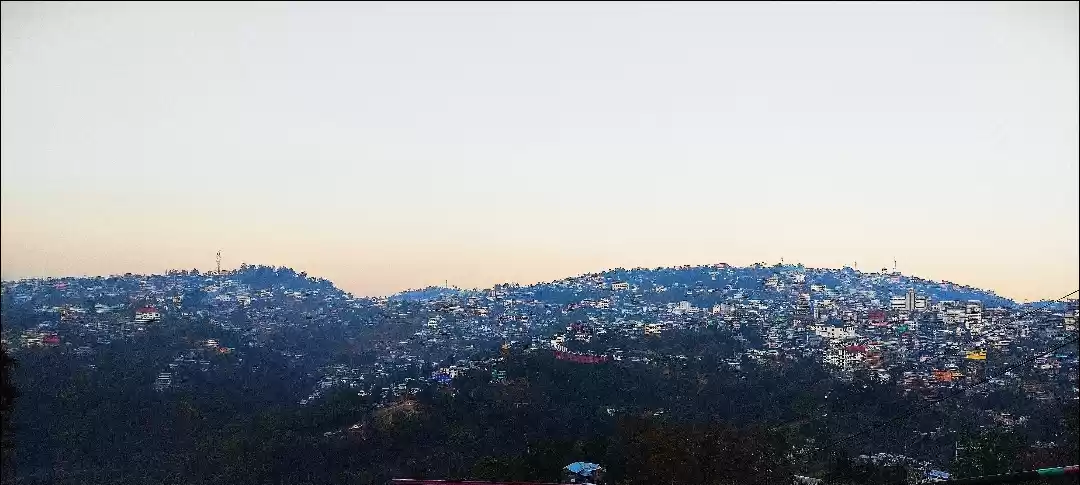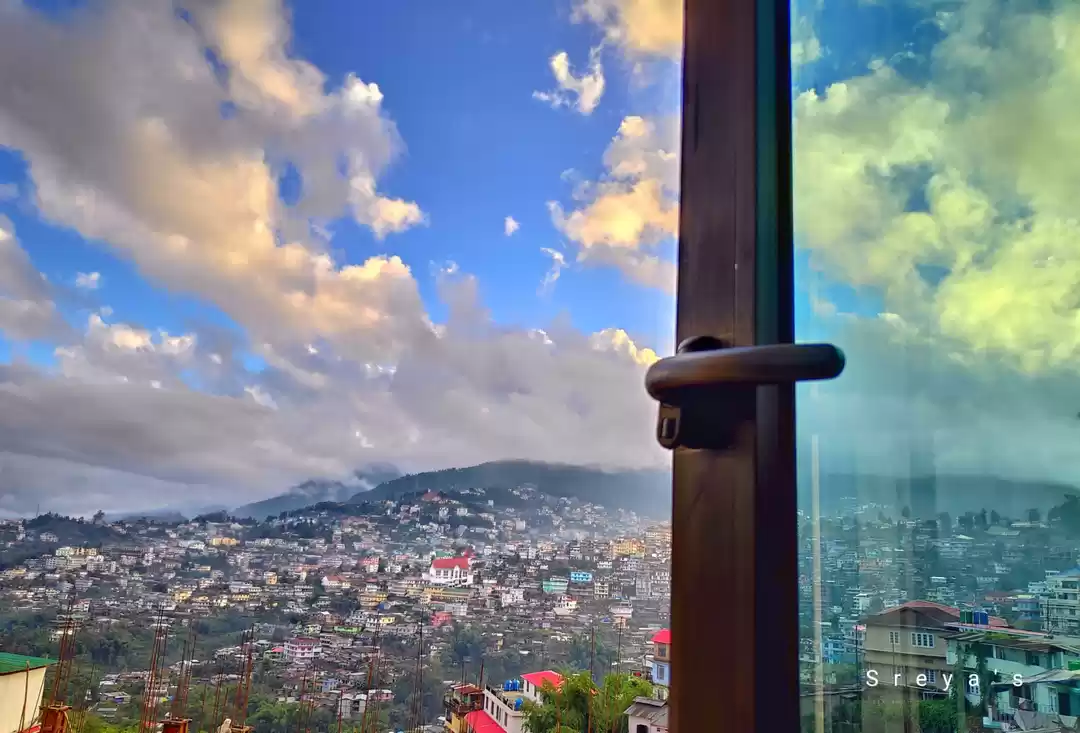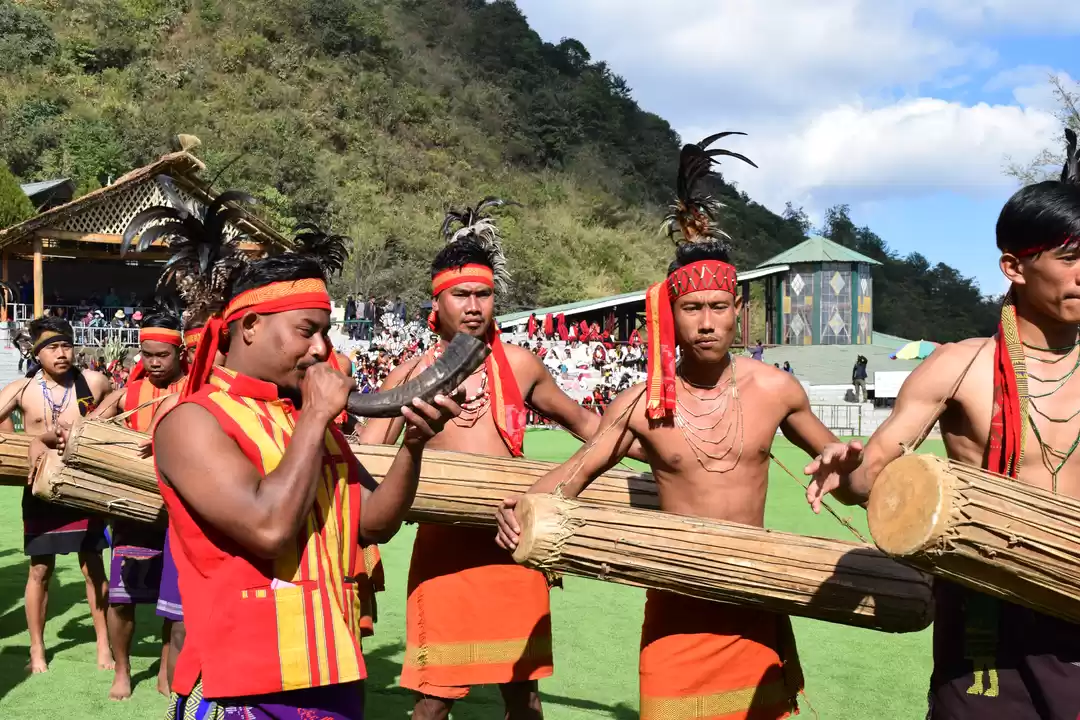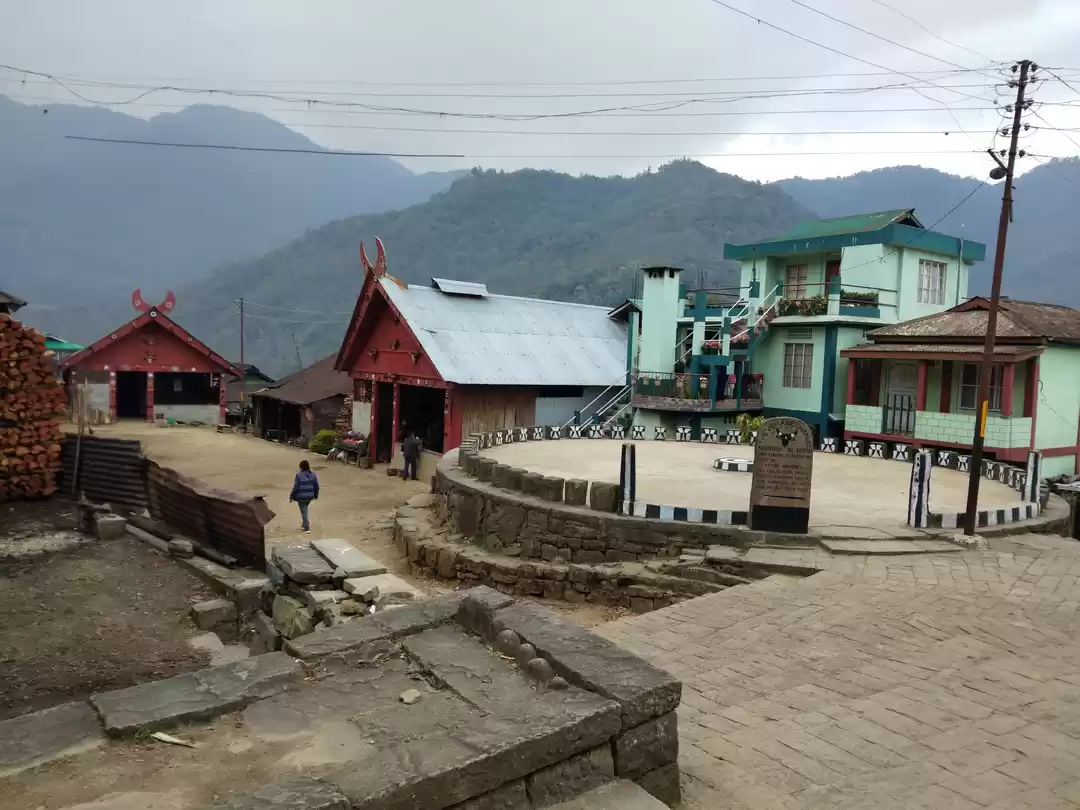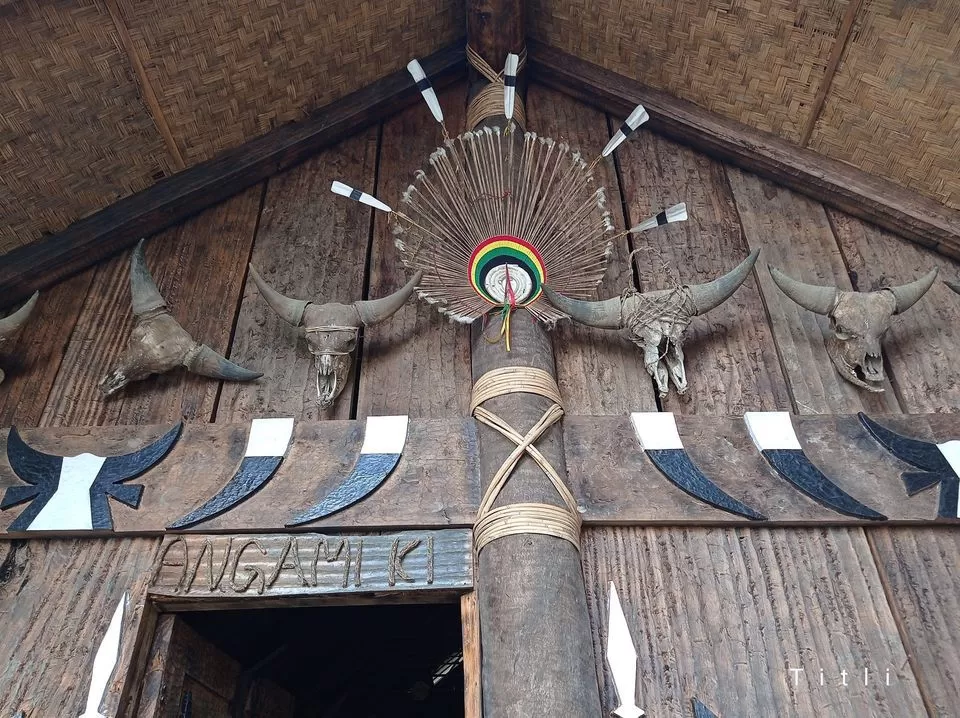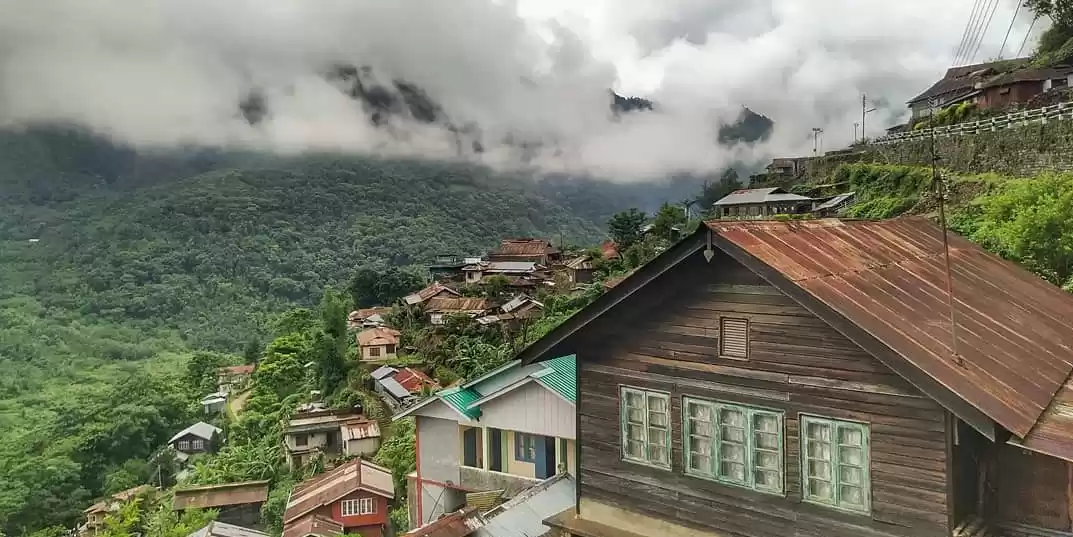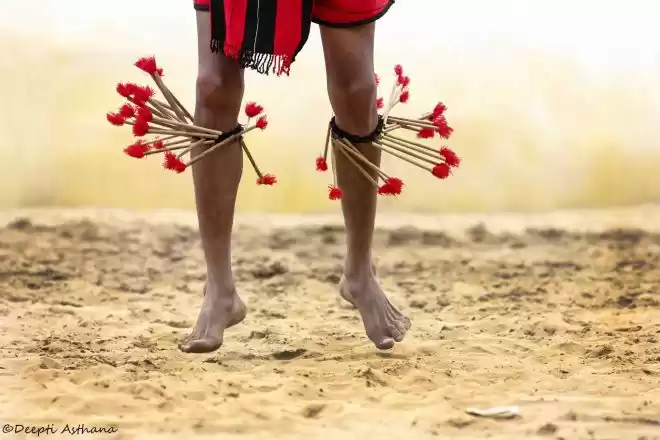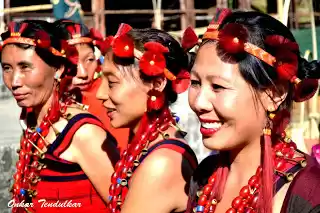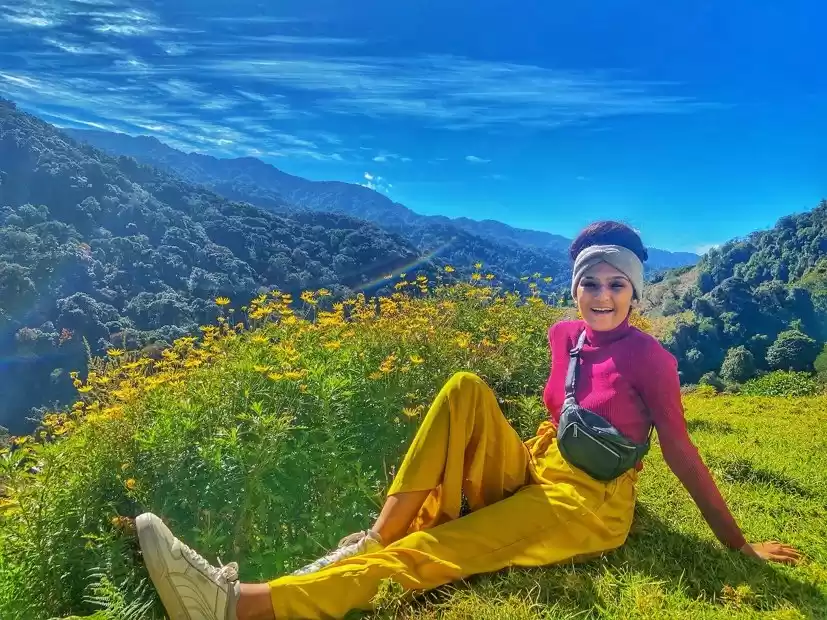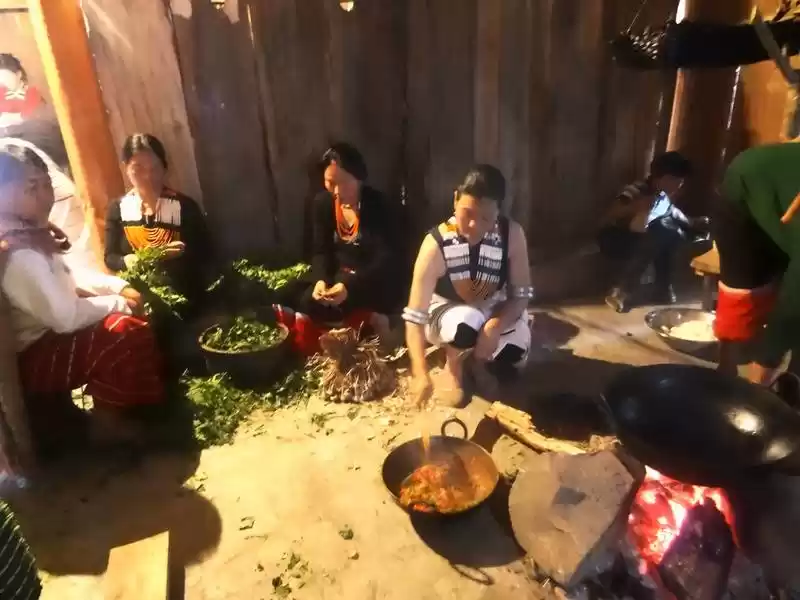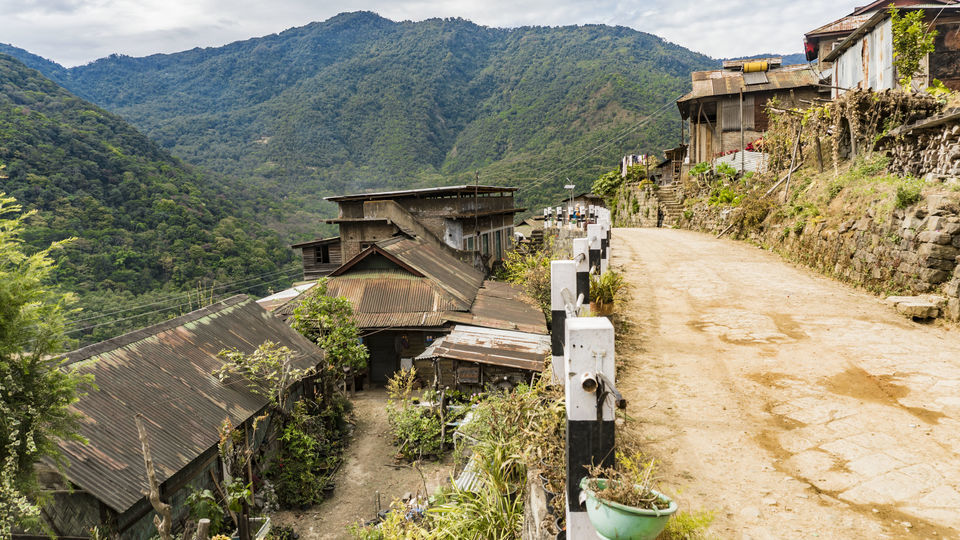
During my recent trip to attend Hornbill Festival in Nagaland, I ended up staying in Kohima for a couple of nights, and to tell you the truth, I hated the city. Kohima is dusty, noisy and bustling with life, and no part of it speaks of a peaceful holiday experience, as one may otherwise expect, for Kohima is a hilly tourist destination, and apparently the most visited place in the state of Nagaland. But being a first timer visitor in Nagaland, and having no idea about its surprising customs and about what to expect from the smaller towns, staying in Kohima felt like a safer plan, at least for the initial few days.
Staying In Kohima & Attending Hornbill Festival
Contrary to the common belief, the festival of Hornbill does not happen in Kohima but around 12 km away from it (and a couple of hours long traffic, during the festival) in a village called Kisama Heritage Village.
So for those visiting Hornbill for only a few days, it’s anyway not a very smart idea to be staying in Kohima and losing a few hours in the traffic everyday. Rather, consider staying in the village of Kigwema, located at only a walking distance from Kisama.
Khonoma: Asia’s First Green Village
Some 20km from Kohima lies the beautiful hamlet of Khonoma. What appears as a world made of a saturated green and a highlighted yellow, Khonoma is also Asia’s first green village. Why first, because it was in Khonoma village where people had long stopped cutting trees and relying on forest as a source of energy. It's a living testament to the will-power of the tribal groups of Nagaland to help protect and conserve their natural habitat.
What makes Khonoma even more special is that the Naga tribes, who lived here, are traditionally known to be largely dependent on nature for their food and hunt, but now they’ve given up on anything that harms the ecosystem and with that, their way of living - all to protect their environment.
On its entire area of 120 sq km, it’s hard to find a plastic carelessly forgotten on the ground. At every few steps, a green colored dustbin makes things easier for public. With a massive ancestral home and showpieces belonging to a time when Nagaland was nowhere in the map and (neither were its people) Khonoma reveals itself a magical place being artificially restored from the ground.
There are enough places (though not in abundance as Kigwema) to sleep in Khonoma with most places charging about 1000 rupees per person per day. Dovipie Inn is one of the popular places in Khonoma.


